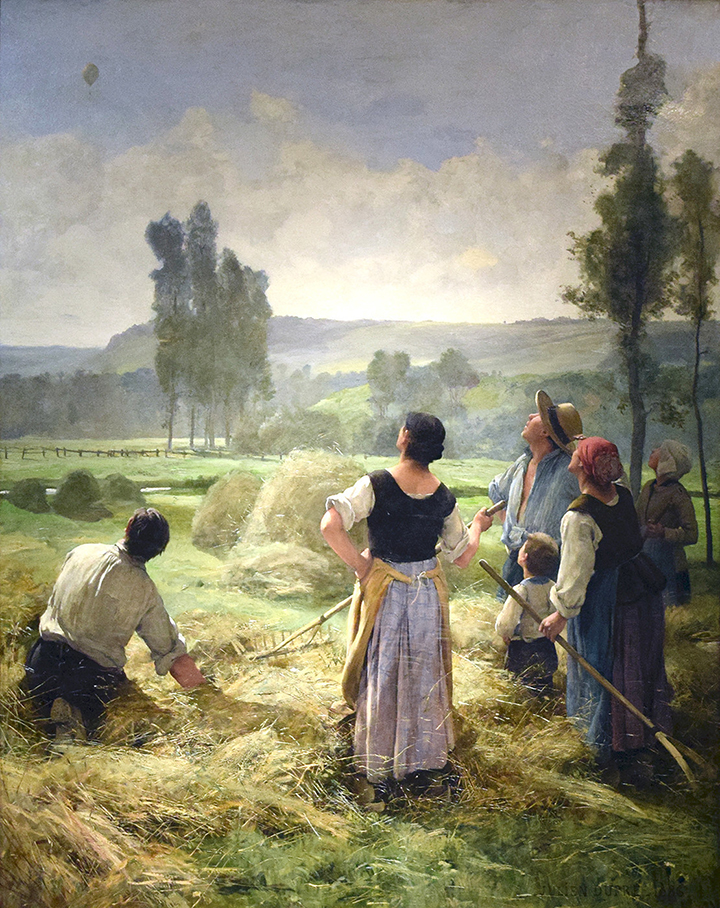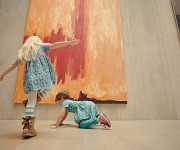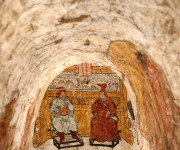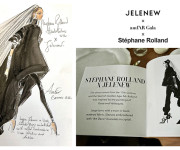Rehs Galleries, the New York gallery specializing in 19th and 20th-century works of art, is nearing completion of a virtual catalogue raisonné on Julien Dupré.
The project began in 1991 when gallery owner Howard Rehs noticed a lack of biographical information about the 19th-century artist, Julien Dupré, whose paintings he was handling. According to Mr. Rehs, “as the artist’s prices began to reach six figures, I started looking into the available biographical information. All I found was a very shortlisting (7 lines) in Benezit. That inspired me to start my research project.” Now, almost 30 years later, and with the assistance of art historian Janet Whitmore, Ph. D., the project is about to be published in an online format.
Over the last three decades, research into the Realist and Naturalist movements in 19th century France has been the subject of extensive art historical scholarship, and Dupré’s role in the development of these movements has been widely recognized. Information about Dupré’s life and work, however, remained largely unknown. The catalogue raisonné now fills that gap, according to Dr. Whitmore: “My research on Dupré’s life turned up a wealth of primary materials in French archives that became the foundation for a more complete biography. In turn, that information led me to an exploration of the artist’s role in the development of Naturalism in the 1880s, and ultimately to an understanding of his position within the social and political context of his time.”
Julien Dupré grew up in the Marais district of Paris, born into a family of jewellers and eventually apprenticed to a lacemaker, perhaps because of his drawing skills. With the advent of the Franco-Prussian War in 1870, the lacemaker’s shop was forced to close, and Dupré became a soldier. Shortly before his military service ended in 1872, he enrolled in a sketching class at the École des arts décoratifs, making it clear to his family that he intended to pursue a career as a painter. His application to the École des Beaux-Arts was accepted, and he entered the studio of Isidore Pils (1813-1875) and after 1875, the studio of Henri Lehman (1814-1882). He made his debut at the Paris Salon on May 1, 1876.
Throughout his career, Dupré exhibited annually at the Paris Salon and worked with many of the most influential art galleries in France, the United Kingdom, and the United States; these included Goupil, Knoedler, Boussod Valadon, Arthur Tooth, and Blakeslee Galleries. His Salon paintings were well received by the Paris art world and several of them were purchased by the French government for inclusion in national museums. Dupré’s work was also successful in the private art market, particularly in the United States where a growing number of wealthy families were establishing art collections in the 1880s and 1890s. The first Dupré painting to enter an American museum was his 1886 Salon painting Le Ballon, donated to the Metropolitan Museum of Art in 1887 by a New York City banker, George Seney. This large canvas depicting a scene of rural labourers watching a hot air balloon drifting over the fields is today in the Reading Museum in Pennsylvania.
The virtual catalogue raisonné will go live in the next few months; please contact us if you have additional information concerning the life and work of Julien Dupré.







